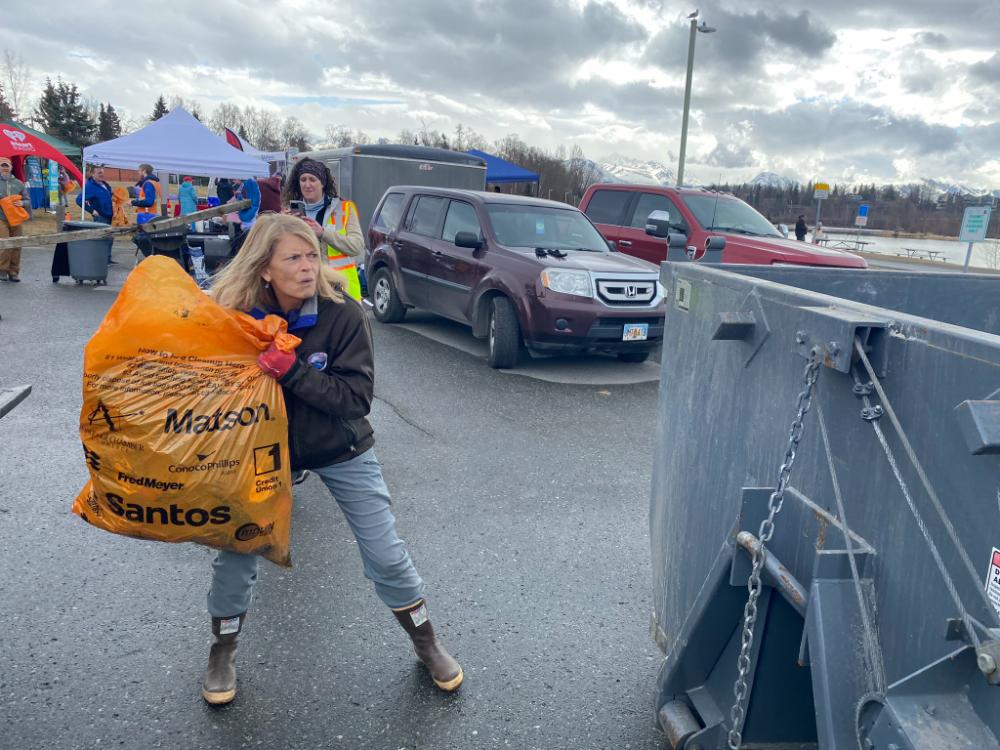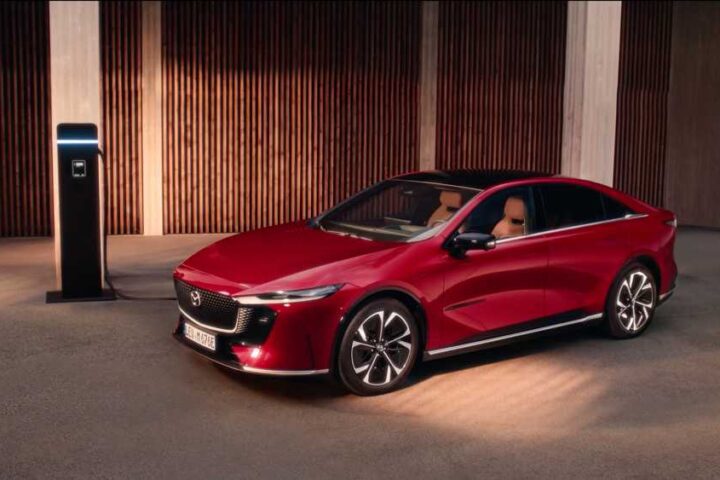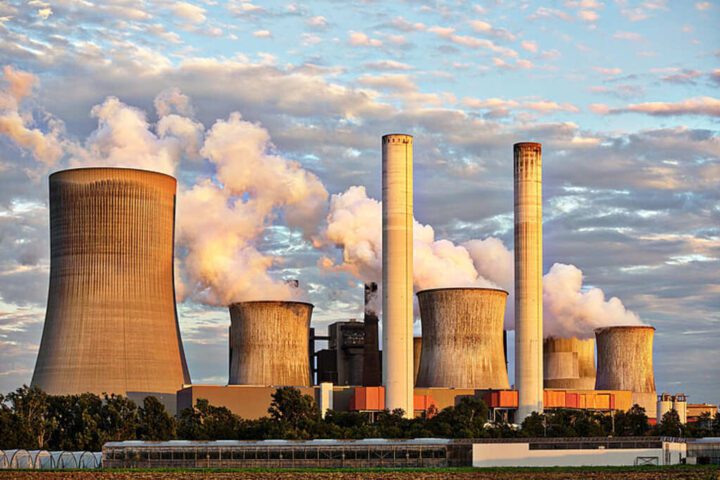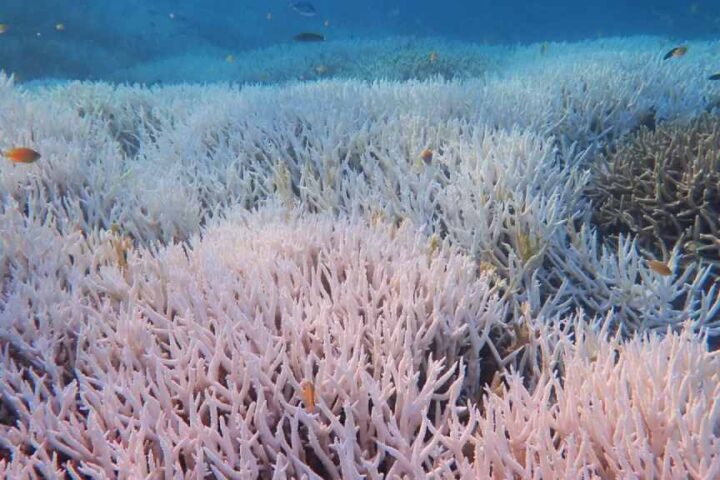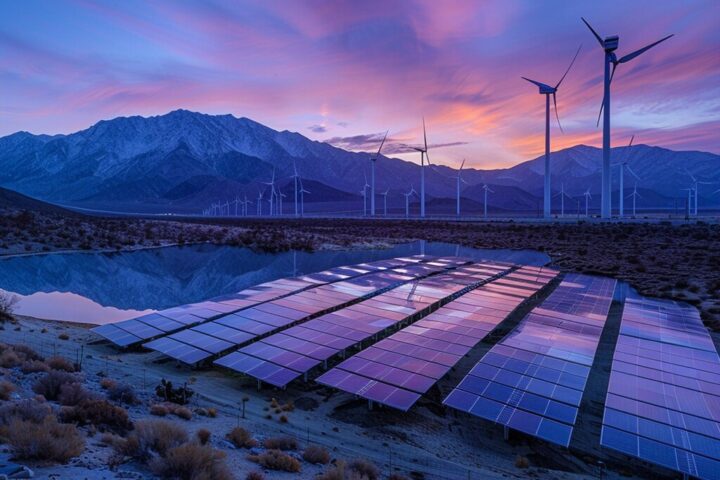In a sharp turn of events that could reshape Alaska’s energy future, Senator Lisa Murkowski expressed frustration after securing what she thought was a vital win for renewable energy projects in her state, only to see it potentially neutralized days later by executive action.
“I feel cheated,” Murkowski told the Anchorage Daily News on July 18, referring to the sequence of events that unfolded after she helped pass the July 4 comprehensive spending package. That legislation included her hard-fought amendment providing a 12-month window for wind and solar tax credits—a provision crucial for two major Alaska renewable projects facing a looming natural gas shortage.
The carefully negotiated provision was designed to help Alaska’s Railbelt region—home to roughly 75% of the state’s population—address its energy security concerns as Cook Inlet gas production has declined by approximately one-third between 2015 and 2024. But just days after the bill passed, the administration issued an executive order on July 7, 2025—titled “Ending Market Distorting Subsidies for Unreliable, Foreign-Controlled Energy Sources”—directing the Treasury Department to end tax credits for what it termed “unreliable” energy sources within 45 days.
Alaska’s energy situation presents unique challenges. The Railbelt grid faces a significant projected winter supply gap by 2026, according to industry forecasts and utility planning documents. Two major renewable projects were poised to help fill this gap:
- Shovel Creek Wind near Fairbanks (100-210 megawatts) could reduce Railbelt gas demand if completed by late 2026.
- Little Mount Susitna Wind in Cook Inlet requires Bureau of Ocean Energy Management federal-waters access.
Both projects’ economic viability hinges on the tax credits Murkowski secured—specifically Sections 45Y and 48E—which the executive order now directly targets.
The Interior Department simultaneously issued a directive requiring Secretary Doug Burgum to personally sign off on all wind and solar leases and permits on federal land, adding additional approval steps to the process.
Financial Times modeling projects U.S. electricity prices could rise up to 18% by 2035 if these credits disappear, with renewables additions dropping by 59% between 2025 and 2035.
Jason Grumet, CEO of the American Clean Power Association, criticized the new requirements in a July 17 statement, saying they would “create unnecessary obstacles for clean energy development while exempting fossil fuels from similar requirements.”
Energy policy experts have called for consistent regulatory frameworks to avoid disrupting planned projects and investments in the renewable sector.
Senators from both parties have signaled interest in legislative solutions to preserve the existing statutory credit structure established by Congress.
This isn’t the first time Alaska’s energy future has been caught in political crosscurrents. In 2017, Republican leaders offered Murkowski Alaska-only carve-outs during Affordable Care Act repeal efforts—nicknamed the “Klondike Kickback” (also referred to as the “Kodiak Kickback” in some outlets)—which she rejected. Eight years later, facing different political realities, she accepted a limited window for renewable credits, only to have it potentially nullified.
Clean energy advocates are exploring challenges under the Administrative Procedure Act, arguing the executive directives conflict with the statutory credit phase-out timeline established by Congress.
Meanwhile, the Bureau of Ocean Energy Management has included Alaska offshore wind development in its accelerated review processes outlined in its budget planning documents, though these still await Secretary Burgum’s approval under the new directive.
